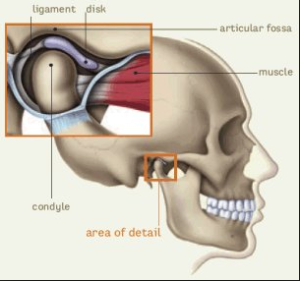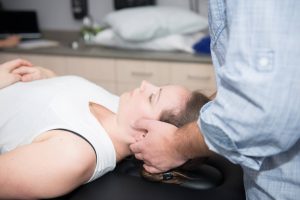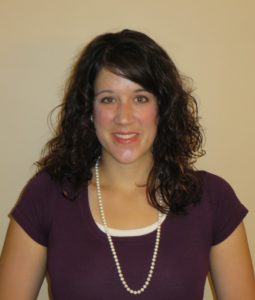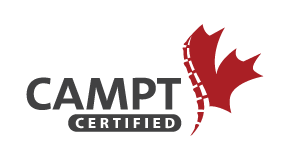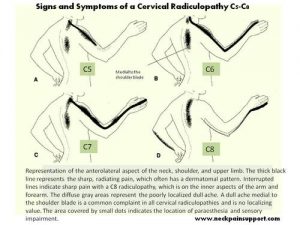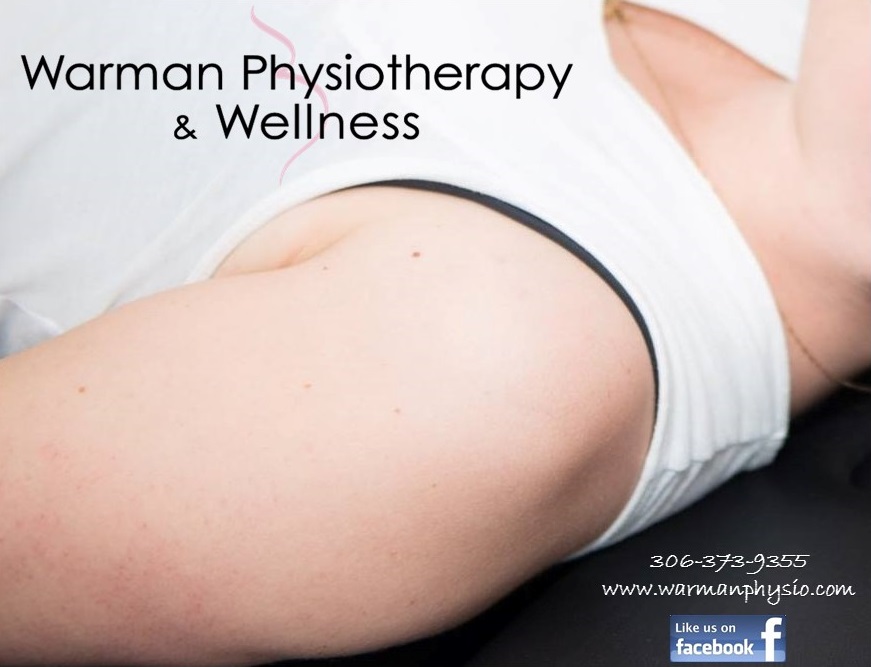I am a UK based physio working in Exeter and Totnes. My focus is in helping people to develop a positive relationship with their body allowing them to become injury free, taking control of their own health and enjoying an active life.
When learning new choreography there is often a pressure to get the moves right quickly. This can energise us and enables us to focus our effort but it can also increase stress and tension. By focusing on what we’re trying to achieve it’s easy to forget our bodies, the very thing we need to be tuned in to. In my experience as a physiotherapist, tension is the major risk factor in triggering an injury.
How can I stay relaxed when learning choreography?
As a physiotherapist I work closely with breath. When we are stressed it is easy to lose our natural breathing pattern. This results in breathing into the chest rather than using our full abdomen, increasing tension and reducing performance.
Instead, take opportunities to breathe in softly through the nose feeling the lower abdomen gently expand. Avoid pulling in or tensing the stomach muscles. If you sense tension or discomfort you can take a long, slow and gentle out breath exhaling through the nose. Feel the muscle tension melting away, you can focus relaxation on specific parts of your body.
Dancing is fun and it is important to not be hard on yourself but to treat your body with patience. Often my clients put a lot of pressure on themselves and find that their performance improves when they just relax into their practice. Trust that you’re doing your best and your body will follow. If you have an injury it can be both stressful and frustrating, you may feel unable to train and this stress is likely to slow down recovery. I encourage clients to use imagery in their recovery process, softening breath and imagining yourself doing the choreography. Imagery has been shown to improve sports performance and helps connect the body and mind.
Michael Otto BSc MCSP Holistic Physio in the UK.

